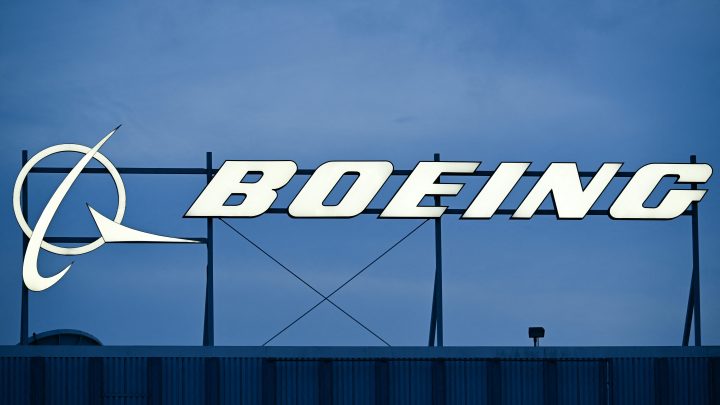
Boeing timeline: What led to the problems with the 737 Max?
Boeing timeline: What led to the problems with the 737 Max?

Boeing is scheduled to release its earnings for the fourth quarter of last year on January 31. Boeing stock has taken a beating since a door plug blew out of a Boeing 737 Max 9 jet earlier this month. And Boeing has only reported two profitable quarters since 2019, after two fatal crashes involving the Boeing 737 Max 8.
Boeing has undergone a lot of change over nearly 30 years. Ronald Epstein was a young engineer working for McDonnell Douglas when it merged with Boeing in 1997. At that time, he says, Boeing’s top executives were engineers.
“The folks that designed the airplanes were on the top of the pile,” Epstein explained. “If you look at the pecking order of management today that’s not the case anymore.”
Today Epstein is the lead aerospace defense analyst at Bank of America Global Research. He says after the merger, Boeing started focusing more on the bottom line.
“Maybe Boeing wasn’t as focused on some of the financial things that it should have been — ultimately it’s a business,” he said. “But I think the argument goes it went too far.”
Epstein says it doesn’t help that Boeing moved its headquarters to Arlington, Virginia, far from the factories where it makes commercial aircraft. And the 737 Max 8 still has problems, according to Ed Pierson. He’s a former senior manager at Boeing and now executive director of the Foundation for Aviation Safety. Pierson says pilots flying the Max 8 and 9 are told not to use its anti-ice system for more than five minutes in dry air so it won’t overheat and lead to engine failure.
“Pilots have told us it’s kind of like being told, ‘Hey, don’t forget to turn your rear defroster off,'” Pierson said. “How many of us have accidentally left the rear defroster on, right?”
Boeing emailed me a statement stressing that the anti-ice system hasn’t caused any safety incidents which “would require a very specific combination of weather and operational conditions.” Boeing says it’s working on a “permanent fix.” In a webcast to employees, Boeing President and CEO Dave Calhoun stressed his commitment to safety.
“This stuff matters,” he told them. “Everything matters. Every detail matters.”
But Pierson, the former senior manager at Boeing, won’t fly in Boeing’s Max planes even if he doesn’t discover he’s on a Max until he sits down in his seat. He says that happened last April on a flight from Seattle to New Jersey.
“So I got up and just walked off the plane,” he said.
Richard Aboulafia has no problems flying in a 737 Max because he’s confident government regulators are doing their jobs. Aboulafia is managing director at AeroDynamic Advisory. He is concerned, though, about Boeing’s manufacturing process. And he says Boeing’s Defense, Space & Security division, which makes military aircraft and the Starliner spacecraft, also has problems.
“Cost overruns, schedule delays and ill-advised, fixed-price contracts that result in big losses for the company,” Aboulafia said.
Aboulafia says Boeing’s third division, Global Services, is making money. He doesn’t think the door plug problems will be a huge hit to the company’s bottom line. But he says Boeing will face more scrutiny from regulators.
There’s a lot happening in the world. Through it all, Marketplace is here for you.
You rely on Marketplace to break down the world’s events and tell you how it affects you in a fact-based, approachable way. We rely on your financial support to keep making that possible.
Your donation today powers the independent journalism that you rely on. For just $5/month, you can help sustain Marketplace so we can keep reporting on the things that matter to you.











